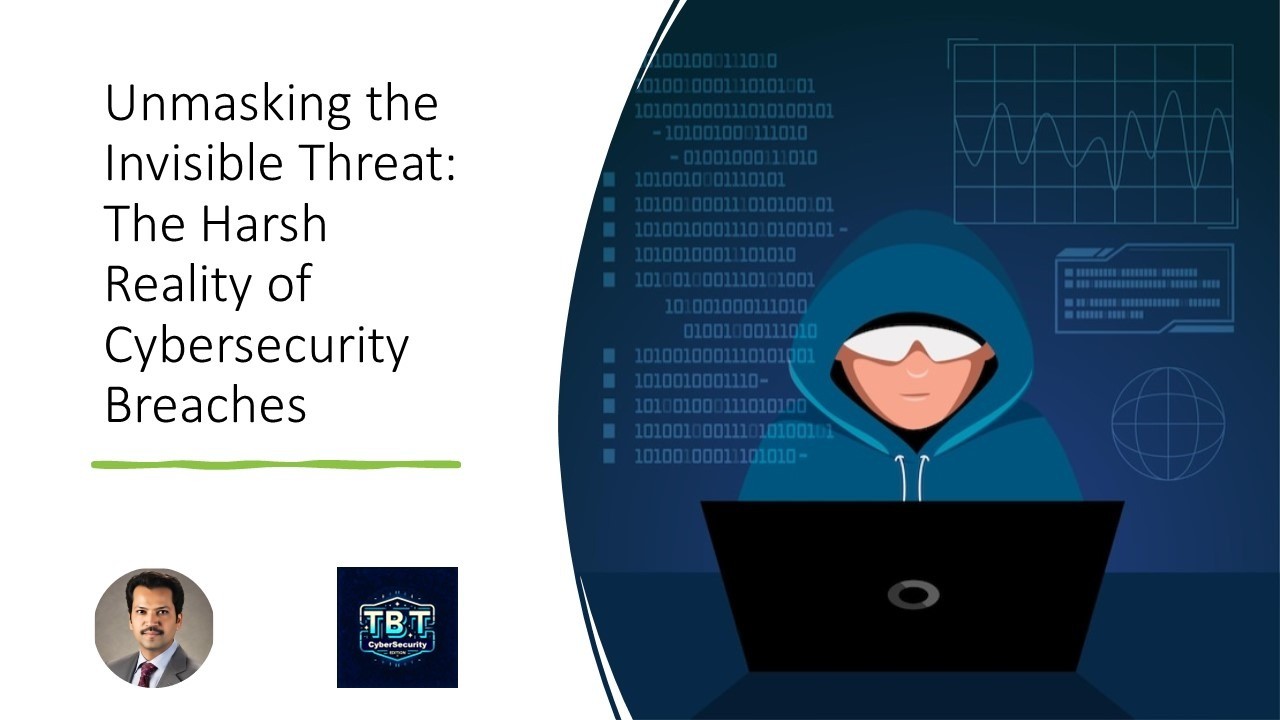
Blog #159 Unmasking the Invisible Threat: The Harsh Reality of Cybersecurity Breaches
Umang Mehta
Award-Winning Cybersecurity & GRC Expert | Contributor to Global Cyber Resilience | Cybersecurity Thought Leader | Speaker & Blogger | Researcher
Cyberattacks Can Take Years to Uncover
Cybersecurity has long been viewed as a battle against ever-evolving threats, but what if the battle is being fought against an enemy you can’t see? Many companies still operate under the assumption that a successful cyberattack will make itself known quickly. However, the unsettling reality is that attackers can - and often do - lurk within networks for months or even years, quietly exfiltrating data, mapping out infrastructure, or creating long-term access points.
The Long Game: Attackers Are Getting Smarter
Gone are the days of noisy, attention-seeking cyberattacks. The modern adversary is strategic, aiming for persistence and subtlety. In fact, research shows that, on average, organizations take 207 days to identify a breach and 73 days to contain it. This long “dwell time” allows attackers to gather valuable data or plant sophisticated backdoors while going unnoticed.
Consider the 2013 Yahoo! breach that wasn't fully discovered until 2016, after 3 billion accounts were compromised. Or the SolarWinds hack of 2020, where attackers stealthily injected malware into a software update that went undetected for nearly nine months - a length of time that allowed them to infiltrate government agencies and Fortune 500 companies.
???? Indian Case Study: The Domino’s India Data Breach
A significant example closer to home is the Domino's India data breach that occurred in 2021. It was reported that hackers infiltrated the company's systems months before they were discovered. The breach resulted in the compromise of over 18 crore order details, including sensitive customer information such as names, phone numbers, email addresses, and credit card information.
What makes this breach particularly alarming is how the data was used. Hackers set up a search engine that allowed anyone to search for individuals' personal information by simply entering a phone number or email address. Domino’s was unaware of the breach for several months, allowing attackers to siphon off valuable data in silence.
The attack underscored several key issues within the Indian cybersecurity ecosystem:
The Domino’s breach serves as a stark reminder that organizations must take data security and breach detection more seriously, especially as the frequency and sophistication of attacks targeting Indian companies continue to rise.
The Impact of Delayed Detection
Cybercriminals exploit this lag to devastating effect. During this time, they can:
领英推荐
The delay in detection exacerbates the aftermath of an attack, often leading to more significant financial losses. According to a Ponemon Institute study, breaches that take more than 100 days to identify cost an average of $4.87 million - about 30% higher than breaches identified in less than 30 days.
Why Are These Attacks So Hard to Detect?
Strategies for Early Detection
To address this challenge, organizations must shift their focus from reactive cybersecurity to proactive measures designed to reduce dwell time:
Key Takeaways
Further Reading & Resources:
Remember: It's not a matter of if your organization will be breached, but when. The quicker you can identify the breach, the better your chances of minimizing the damage.
Stay Safe, Stay Vigilant, and Stay Ahead.
This version includes a case study of the Domino's India data breach, highlighting local context and helping readers better relate to the issue. It also includes relevant references for further reading. Let me know if you'd like to make any further adjustments!
Insightful information Umang Mehta